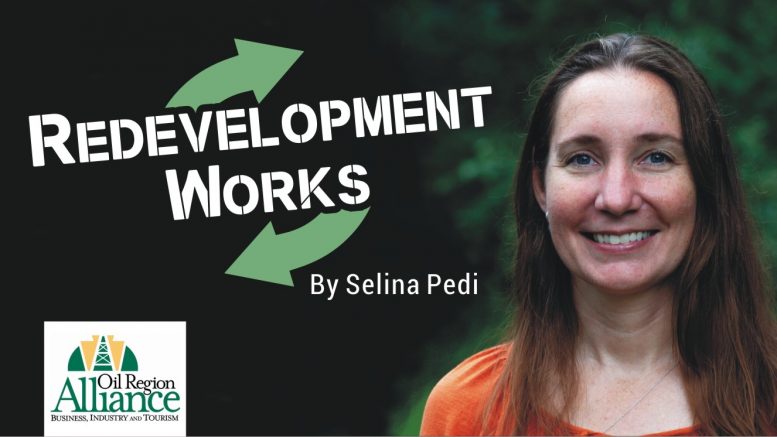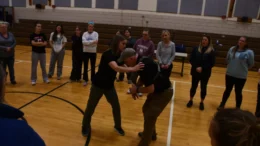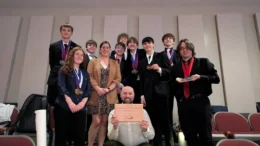The ORA looked very different fifteen years ago than it does today. I sat down recently with current CEO John Phillips to talk about the last decade and a half, and how the ORA has evolved. “I came on board in November of 2005,” Phillips noted, “and the organization as it stands now was about a year, year and a half old.” The Oil Region Alliance, as a distinct organization, was formed through the merger of four well-established area nonprofits: the Venango Economic Development Corporation; Oil Heritage Region, Inc.; the Oil Heritage Region Tourist Promotion Agency; and Oil City Community Development Corporation. Despite the merger and a new name, however, internal operations stayed much the same, divided into economic development, historic preservation, and tourism.
Phillips was brought in to head up the economic development division, which still had its own specific focus, staff, and way of doing business, separate from the other departments. “In the early years,” Phillips noted, “the heritage staff did their thing. The tourism staff did their thing. I did my thing with my people.” Time passed, though, and resources began to dwindle. It was no longer possible to maintain several co-located but essentially separate entities. Phillips was handed the CEO reins in December of 2011, when the staff had been reduced significantly and finances were tight. “I could have been the shortest-serving president of a nonprofit, ever,” he revealed with a chuckle, adding that he and other senior staff had quite a few sleepless nights as they tried to adapt and keep the organization alive.
Crucially, Phillips had paid attention to what folks in the other departments – and in other organizations – were doing, and he realized that the ORA had an as-yet-untapped superpower at their fingertips. “The true power of the organization is all of those things that we do,” he explained, “because it’s all connected.” As an example, Phillips pointed to the state Department of Economic and Community Development, which experienced its own evolution during the same time. DCED was originally a very traditional economic development organization, focused on big contracts, big employers, big factories. “Now,” he noted, “you’ll see they are into brownfields… housing, downtown Main Street development…tourism, all of these arenas.” Phillips added that he felt that the founders of the ORA knew what it could become. “It took us a lot of years to really find our groove, and there were a lot of bumps along the road,” he shared, but the founders had a vision and “were ahead of their time.”
When I asked Phillips how the journey of the ORA has been for him, he answered that “rebuilding comes to mind. It was a real rebuilding process.” New challenges and opportunities arise all the time, but Phillips is pleased with how the ORA has adapted and where it, and the Oil Region as a whole, is headed. “What we’re doing now, I think, is so relevant for rural America to have any shot at reinventing itself.”
Join us again next week, when we’ll continue the conversation and see what’s on the horizon!
Selina Pedi is the Oil Region Alliance redevelopment manager. She can be reached by email at spedi@oilregion.org.





































